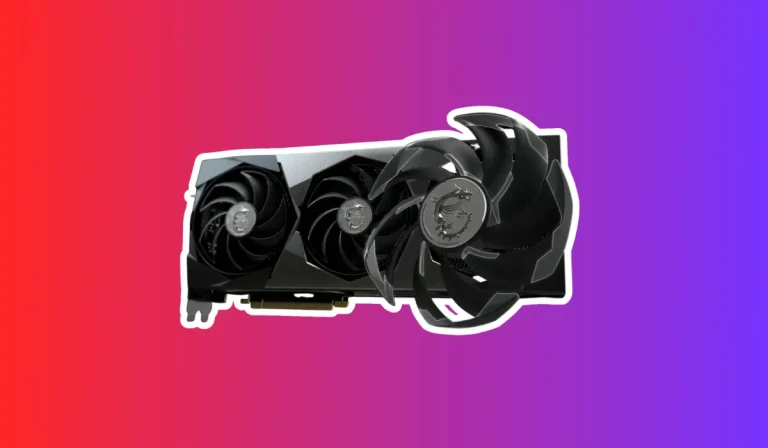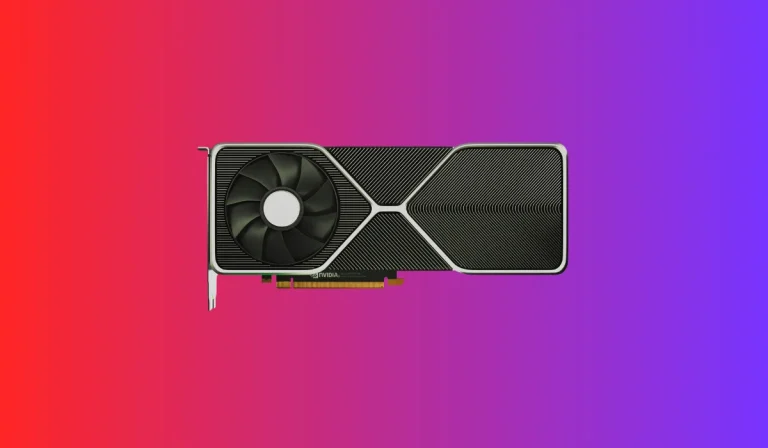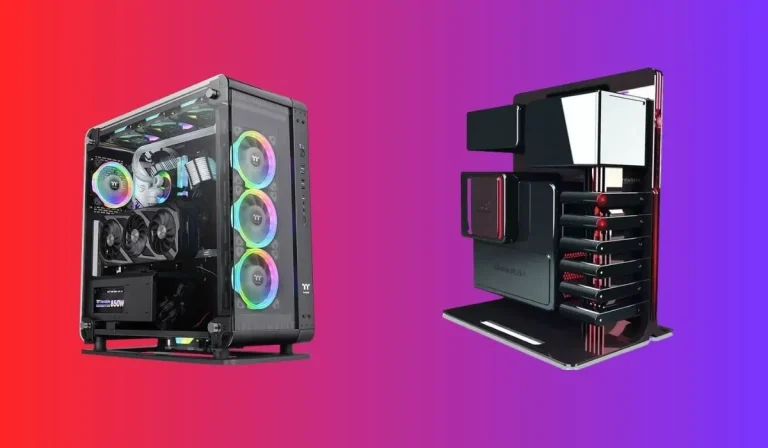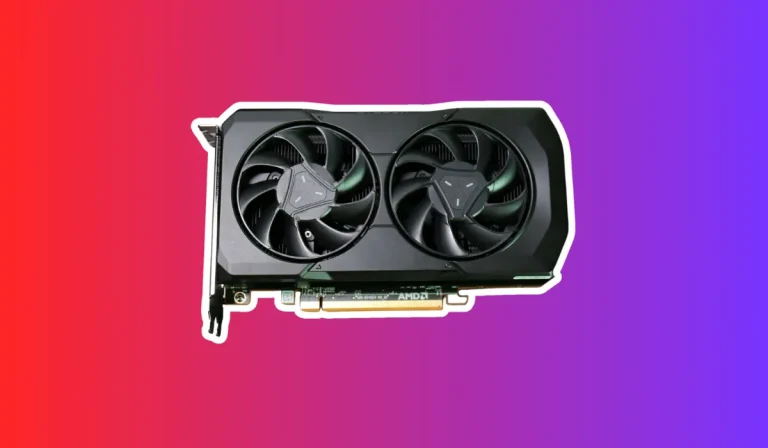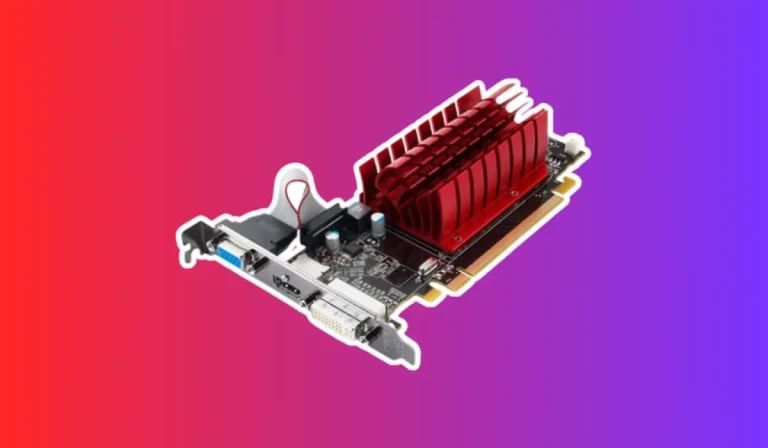How do I enable onboard graphics in BIOS Asus?
Do you ever wonder how your computer’s graphics are processed? You may have heard the term “onboard graphics,” but what exactly does it mean?
Checking Compatibility and Requirements
Confirming Asus Motherboard Support
To enable onboard graphics, you first need to check if your Asus motherboard supports this feature. Different motherboard models have varying capabilities, so it’s crucial to verify compatibility. You can do this by referring to your motherboard’s user manual or visiting the Asus website for specifications. Look for any indications of onboard graphics support, such as integrated graphics ports or dedicated BIOS settings.
Minimum System Requirements
Enabling onboard graphics also requires your system to meet certain minimum requirements. These requirements are necessary to ensure optimal performance and functionality. While specific requirements may vary depending on your motherboard and graphics chipset, here are some general guidelines to consider:
Sufficient power supply: Your system’s power supply unit (PSU) should have enough wattage to support the additional power requirements of onboard graphics.
Adequate system memory: Ensure that your computer has enough RAM to handle the graphics processing tasks. Typically, 8GB or more is recommended for smooth operation.
Updated motherboard drivers: Make sure you have the latest drivers installed for your Asus motherboard to ensure compatibility with onboard graphics.
Accessing the BIOS on Asus Motherboards
Step 1: Restart your computer
Begin by restarting your computer. As soon as the computer starts booting up, press the designated key to enter the BIOS. The specific key may vary depending on your Asus motherboard model but commonly used keys include F2, Del, or Esc. Keep pressing the key repeatedly until the BIOS setup utility appears.
Step 2: Navigating the BIOS setup utility
Once you’re in the BIOS setup utility, you’ll see a menu with various options. Use the arrow keys on your keyboard to navigate through the menu. Look for a section related to graphics or display settings. The exact location and naming may differ based on your motherboard model and BIOS version.
Step 3: Enabling onboard graphics
Within the graphics or display settings section, you should find an option to enable onboard graphics. It may be labeled as “Integrated Graphics,” “Onboard Graphics,” or something similar. Select the option and change its status to “Enabled” or “On.”
Step 4: Saving and exiting the BIOS
After enabling onboard graphics, save the changes you made in the BIOS setup utility. Look for an option like “Save and Exit,” and confirm your selection. The computer will then restart, applying the changes you made to enable onboard graphics.
Verifying and Testing
Confirming Onboard Graphics Activation
To verify that the onboard graphics have been enabled, you can check the device manager on your computer. Right-click on the “Start” button, select “Device Manager,” and expand the “Display adapters” category. If you see the name of your onboard graphics chipset listed, it means that the onboard graphics are active.
Running Graphics Tests and Benchmarks
To test the functionality and performance of your onboard graphics, you can run graphics tests and benchmarks. There are various software tools available that can stress-test your graphics capabilities and provide performance metrics. Some popular options include 3DMark, FurMark, and Heaven Benchmark. These tests will help you gauge the performance of your onboard graphics and compare it to industry standards.
Checking Display Output
Another important aspect to verify is the display output. Ensure that your monitor is connected to the appropriate port on your motherboard that corresponds to the onboard graphics. If you see the display output on your monitor without any issues, it indicates that the onboard graphics are successfully functioning.
FAQ’s
1. Can I enable onboard graphics if I have a dedicated graphics card installed?
Yes, it is possible to enable onboard graphics even if you have a dedicated graphics card installed.
2. What should I do if I can’t find the option to enable onboard graphics in the BIOS settings?
If you are unable to locate the option to enable onboard graphics in the BIOS settings, there are a few things you can try.
3. Will enabling onboard graphics improve my gaming performance?
Enabling onboard graphics may provide a slight improvement in gaming performance compared to using a CPU without integrated graphics.
4. Can I use multiple monitors with onboard graphics?
Yes, you can typically use multiple monitors with onboard graphics.
5. Do I need to install drivers for onboard graphics after enabling it in the BIOS?
In most cases, installing separate drivers for onboard graphics is not required. The necessary drivers are usually included in the operating system, and they should be automatically installed when you enable onboard graphics in the BIOS.
Conclusion
Enabling onboard graphics in BIOS Asus is a valuable feature that can boost your system’s graphics capabilities and performance. Don’t hesitate to explore this option and enjoy the benefits it brings!


